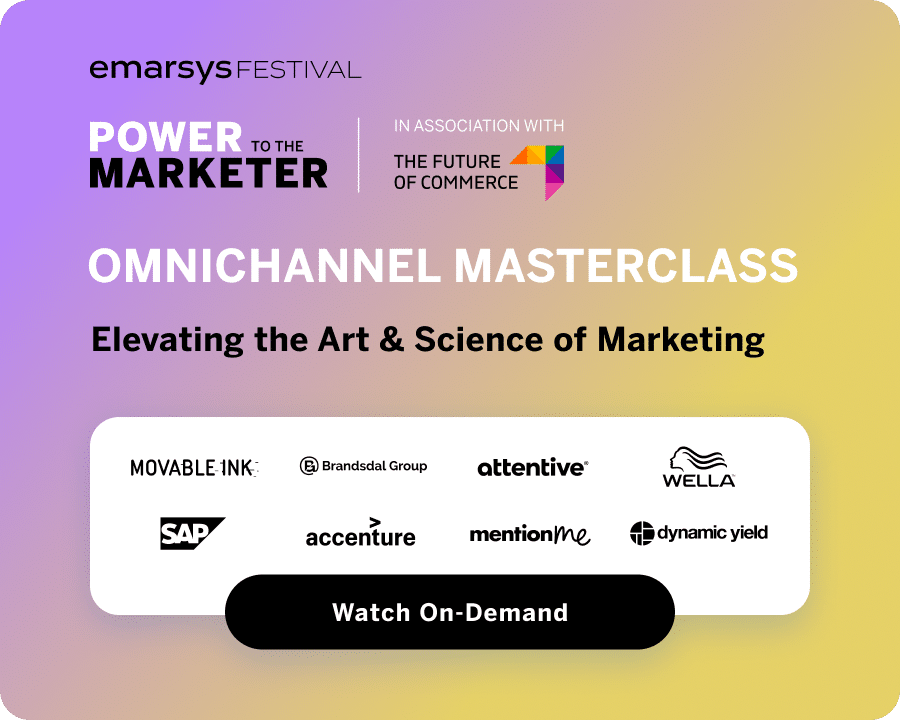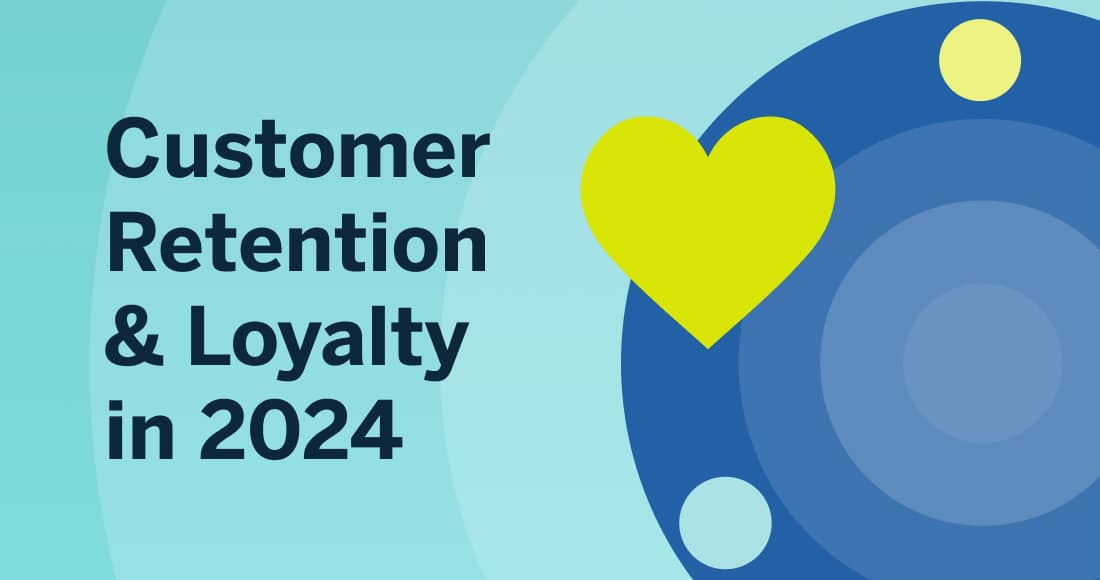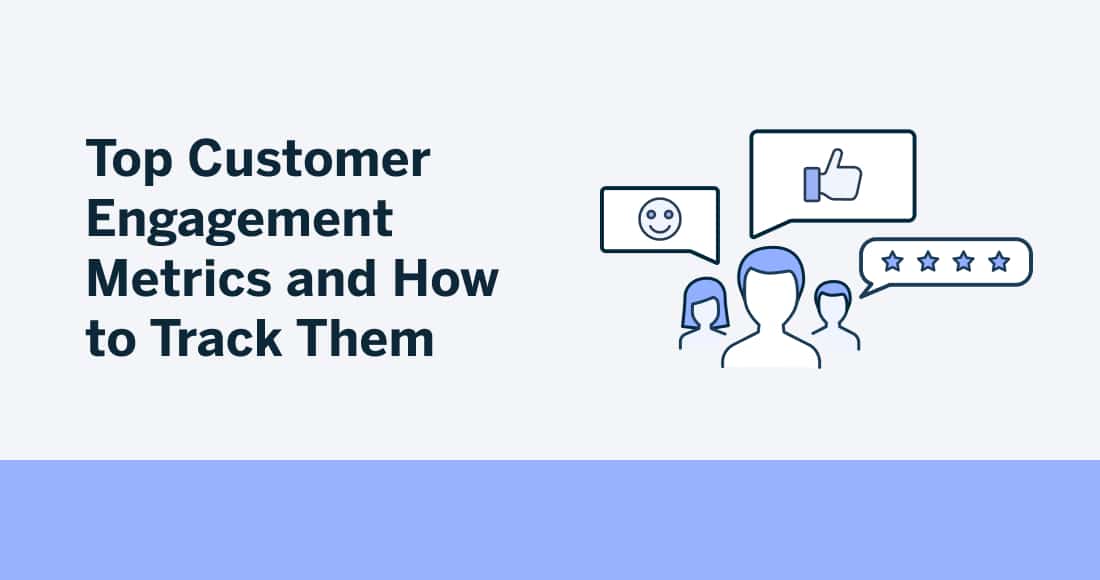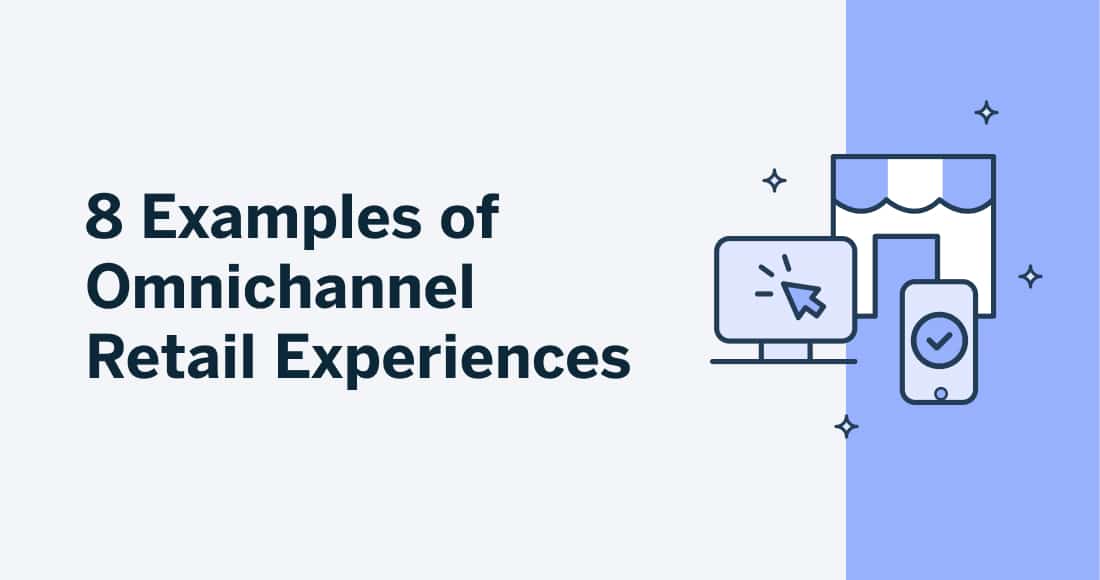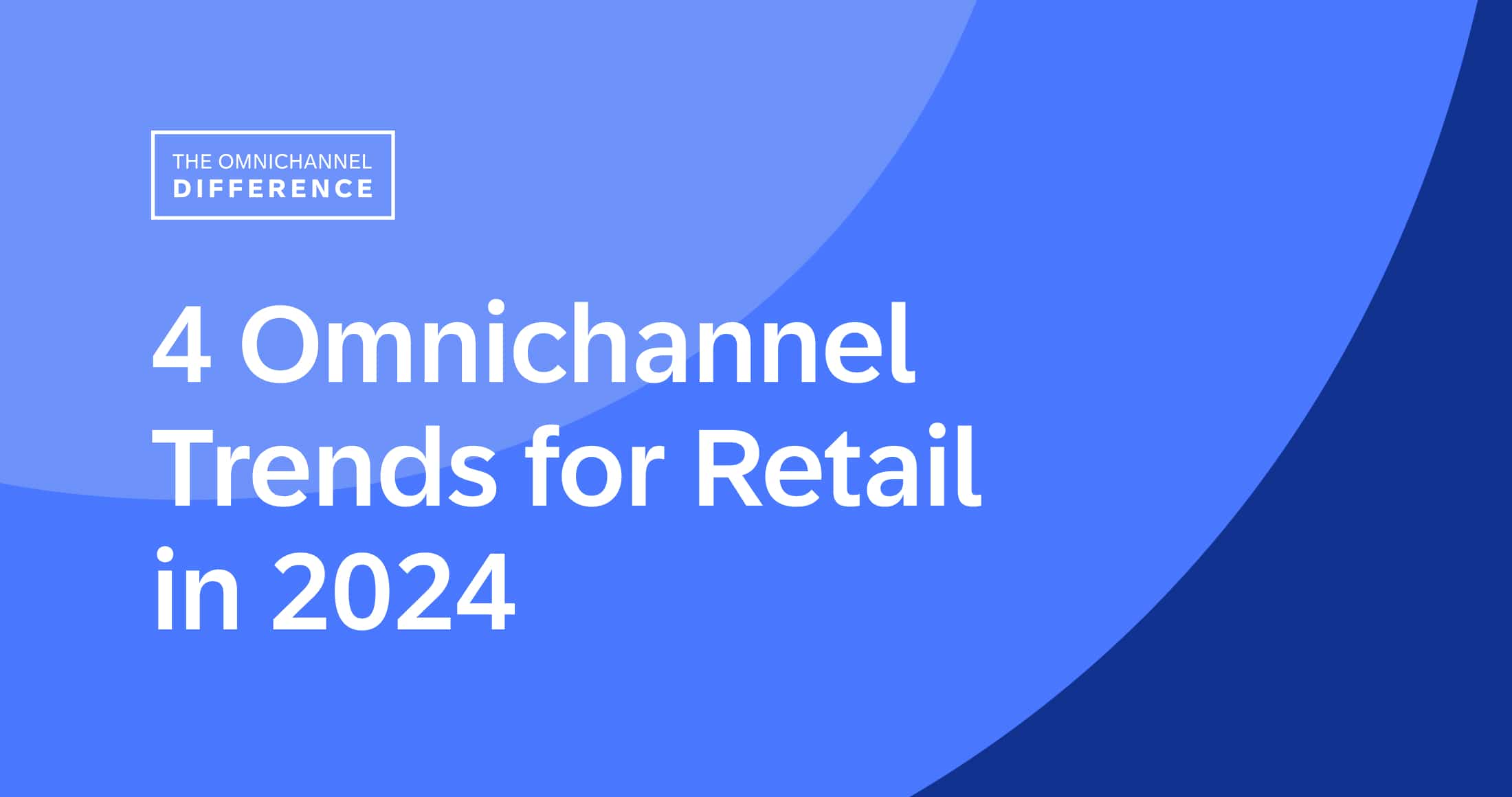Retention marketing is the new way of the e-commerce world. It requires a mind shift that must be made, though. Marketers have to begin to understand how to create more loyalty among those customers whom they’ve already earned instead of over-investing or risking resources in trying to find so much “new.”
If you haven’t heard it before, know this: your existing customers actually offer the ripest opportunities for further monetization. Our recent infographic, focusing on turning first time buyers into active customers, shows that you have only a 27% chance of a customer returning after one purchase… but a 54% chance of them returning after a second or third purchase. Another study by Gartner revealed that 80% of a company’s future revenue will come from just 20% of their existing customers.
Retention truly represents the most lucrative investment for modern e-commerce teams looking to break away from the accepted status quo!
In this post, we’ll share three retention marketing strategies that you can mix and match to find the right combination that works for your personalized marketing plan. Used with a retention mindset, email can change your business, so, if you’re ready to expand your email marketing strategy to more poignantly target existing customers, listen up!
Editor’s Note: You shouldn’t be throwing around these tactics at random. Ensure they’re a strategic part of your customer lifecycle marketing strategy and that they align with your business objectives.
1. Be Sure Your Personalization Is Up To Date
Go about your retention efforts as you would a new friendship. The best companies take customer relationship-building extremely seriously and become the go-to resource in the industry for not only products, but also information and education. The point I’m trying to make is this: you’re creating a real, ongoing relationship with each individual customer. The long road to retention is paved with bricks of personalized marketing.
It’s critical that you take the time, energy, and effort to intimately learn about the interests and preferences of each of these relationships. It’s a two-way communion; you must to get to know one another better!
Those of an acquisition-only mindset may rarely stop to think, “How can we lovingly engage those we already have?” But since you’re reading this article, I’ll assume that’s not you. You want the trusting, loyal, long-term relationship.
How?
Leverage behavioral data. If you can analyze consumers’ browsing and purchasing patterns to provide tailored product recommendations, you can create an experience that fosters brand loyalty. Mytheresa makes it feel like product recommendations are customized for each individual:

Start with email at the core. Ensure you have a good preference center in place so that new and long-time subscribers are able to adjust the frequency and types of content they want to get from you.
Don’t overlook the power of your e-newsletter. It’s perhaps the most versatile vehicle in your arsenal. With an opted-in database, a quality e-newsletter and access to the right automation technology can help you create a world of incredible value. Bowlero’s preference center was created with a retention-based mindset, asking subscribers for their mobile information (as their core audience prefers to engage via mobile):

Use case
As the world’s largest online retailer, Amazon understands this point – they rank among the very highest for customer service, in spite of their extraordinarily high order rate of receiving and processing over 35 orders worldwide per second. Amazon has embraced personalization through every piece of the consumer journey, which has in turn resulted in high customer retention rates. 96% of Amazon customers that have subscribed to their Amazon Prime service for two years will renew for a third year.
Another tip: truly leverage social media – not just to accumulate a following and build relationships at the top of the funnel, but through it, and for after purchase, too.

“Social media is [actually] best used as a customer retention tool. Here’s an example: people don’t follow a brand on social media first and then buy their products second. It actually happens the other way around! Think of social media as a customer acquisition tool instead of a customer retention tool – this is the secret to social media. And it’s one of the most important customer retention strategies e-commerce companies should embrace.”
Jamie Turner • Author, Speaker, and CEO of 60 Second Marketer • @AskJamieTurner
“#SocialMedia is best used as a #customer #retention tool,” says @AskJamieTurner” CLICK TO TWEET
CRM retargeting ads are one method of retargeting across the GDN which can be completely customized based on past purchase history. Start thinking outside the box when it comes to social.
2. Post-Purchase Emails
First-time to active buyer campaigns can’t be overlooked – they encourage or incentivize existing customers to return and shop again. Getting a first-time buyer to repeat isn’t easy (and you may not get a second chance). 70%-80% of a typical e-commerce business’ customers are single-order customers. So, you have to ensure that you optimize the post-purchase experience to drive that second purchase.
How?
You’ll want to use what you do know about each customer at their specific stage to make personalized offers (related items) including a personalized incentive to drive toward another purchase. Luisaviaroma, saw a 37.5% increase in post-purchase campaign conversions. Outnorth, an outdoor Scandinavian clothing brand, saw a 25% uplift from first-time buyer programs!
Good post-purchase content includes helpful content, relevant offers, and timely information related to previous purchases. Make the purchase process a seamless experience, positioning cross- and up-sells as an added convenience to enhance the quality and improve the function of whatever was just bought.
It’s important to follow up in a non-intrusive way where customers are opted-in to receive communications from you (whether email, SMS, mobile app, etc.).

“…If you plan to recommend products or services based on a customer’s purchase patterns, be sure that you’re offering items that customers might actually want to purchase. Transaction-based thinking says the job is done once money changes hands. Relationship-based thinking says you might want to check in to see whether the customer is enjoying their purchase, and find out if there’s anything you can do to help them make the most of it. This is especially true for major purchases, but it’s a great way to stay top-of-mind no matter what. If you want loyal customers, show them some loyalty from your end, too!”
Ted Rubin • CMO, Photofy, Co-Founder of Prevailing Path, and Acting CMO and Host of Brand Innovators Summits • @TedRubin
“If you want loyal #customers, show them some loyalty from your end too,” says @TedRubin CLICK TO TWEET
Really, all you need to do here is restructure and retarget campaigns you already send to existing customers. It takes a bit of effort and a lot of creativity, but it is a vital piece to include in any retention marketing repertoire.
3. Set Up Special Reward Programs for Loyal Customers
Successful loyalty programs offer unique benefits for paying members and high spenders… in more ways than just one. And today, being data-driven and running a high-performing loyalty program go hand in hand.
It’s easy to spin up a loyalty program and even a loyalty app. But it takes a strategic, well-planned approach to do so in conjunction with all the customer data you have in your database. It is this two-pronged component that will enable more personalized experiences for your most devoted customer segment.
How?
Good loyalty programs require a lot of backend work from your entire organization. These programs are, in essence, a combination of the following pieces:
- Orchestration of a seamless customer experience by your digital marketing team or e-commerce manager
- A well-thought-out tiered, pronged, or leveled approach based on your organizational objectives
- Creation of consistent, engaging, personalized content by your content team
- Marshaling all of your resources and centralizing all of your customer data from a unified platform
- Monitoring each loyalty member’s specific stage in their lifecycle
For most e-commerce brands, essential pieces include: a mobile app that’s easy to engage with, a fully integrated customer engagement platform, and a personalization engine that can recognize who visitors are based on previous interactions.
Use case
Sephora, a luxury cosmetic retailer, has created a high-performing membership program. Their program is a merit-based one that separates consumers into three different membership tiers: Beauty Insider, VIB and VIB Rouge. Each tier hosts its own set of exclusive rewards.

The reason this retention marketing strategy is so effective is that they use certain yearly-spend thresholds that need to be reached in order for a customer to increase the membership status. The rewards in the highest tier (VIB Rouge) are so appealing to consumers that it provides a heightened incentive to spend more so they can breach the price threshold. This extremely successful loyalty program has nurtured 11 million members that spend 15 times more money on Sephora.com than the average user.
Final Thoughts
Retention marketing is too critical for marketers to ignore. B2C and e-commerce marketers must adapt and change to adopt this new principle in order to stay relevant and create personalized marketing strategies that cater to their customers.
Retaining existing customers is one of the most critical activities to focus on. Without it, you’re left trying to rack up a bunch of one-and-done buyers. But with it, you have a highly-engaged, loyal database of brand fans.
Handpicked Related Resources:
